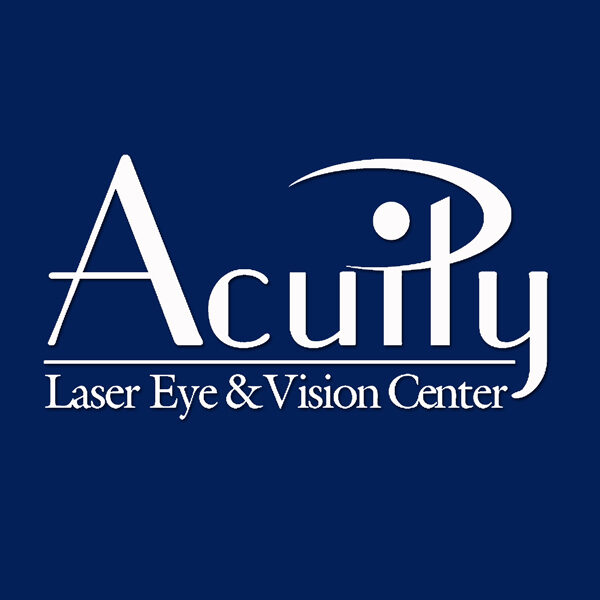Presbyopia (which literally means old eye) is an age-related eye condition that makes it more difficult to see very close.
When you are young, the natural lens in your eye is soft and flexible. The lens of the eye can change its shape easily, allowing you to focus on objects both close and far away. Around the age of forty, the lens starts becoming progressively more rigid, year by year. Because the lens can not change shape as easily as it once did, it is more difficult to read at close range. This normal condition is Presbyopia. Since nearly everyone develops Presbyopia, if a person also has Myopia (nearsightedness), Hyperopia (farsightedness) or Astigmatism, the conditions may combine and produce multiple problems with vision that will require refractive correction.
LASIK can be used to create monovision, in which one eye is corrected for near vision while the other eye is set for distance vision. Also, in presbyopic patients that also have farsightedness, the act of just correcting the farsightedness will to some degree improve the ability to see at near even without monovision.


